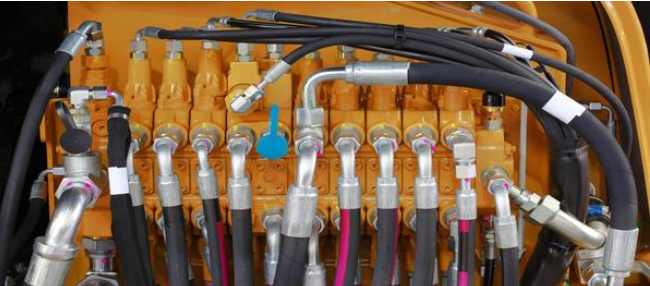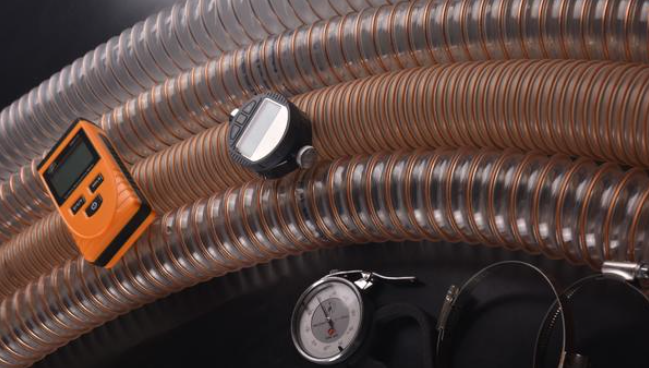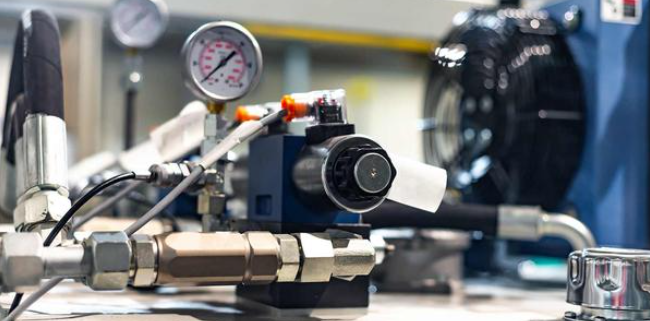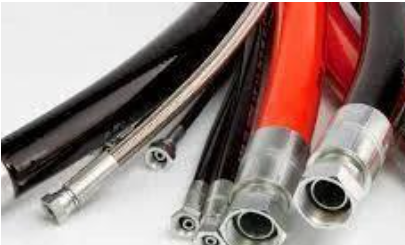The working pressure and burst pressure of industrial hoses are the most important parameters in their design and application, which directly determine the safety and reliability of hoses under specific working conditions. Here is a more detailed explanation of the two parameters:

Working pressure:
Working pressure refers to the hose in normal working conditions, can continue to withstand the internal pressure, without leakage, deformation or damage. It mainly depends on the hose material, structure, wall thickness, diameter and the working environment of the temperature, media properties and other factors.
Different industrial hoses have different working pressures due to their different uses and working environments. For example, hoses that carry high-pressure gases may need to withstand higher operating pressures, while hoses that carry liquids or viscous substances may operate at relatively low pressures
In order to ensure the safe operation of the hose, the working pressure must be strictly controlled within the prescribed range. If the working pressure exceeds the hose capacity, it may lead to serious consequences such as hose rupture, leakage, and even lead to safety accidents.

Blasting pressure:
Burst pressure, also known as burst pressure, refers to the hose in the process of bearing pressure, due to exceed its ultimate strength and burst the minimum pressure. This parameter reflects the anti-explosion performance of hose and is an important index to evaluate the safety performance of hose.
The burst pressure is usually much higher than the working pressure to ensure that the hose will not break under normal working conditions due to excessive pressure. However, if the hose is affected by external impact, wear or aging factors, its burst pressure may be reduced, thus increasing the risk of rupture.
Therefore, in the choice and use of industrial hose, must be fully considered its blasting pressure, and avoid the use of more than its blasting pressure. At the same time, regular inspection and maintenance of the hose to ensure that it is in good working condition, is also an important measure to prevent hose rupture

It should be noted that the working pressure and burst pressure of the specific values will vary according to the type of hose, specifications, materials and working environment and other factors. Therefore, in practical applications, reference should be made to specific product specifications, safety specifications or consulting professional engineers to obtain accurate parameter information and safety recommendations.
In addition, in order to ensure the safety and reliability of industrial hose, attention should be paid to other relevant factors, such as hose connection, sealing performance, corrosion resistance and service life. These factors also have an important impact on the performance and safety of hoses.

To sum up, the working pressure and blasting pressure of industrial hose are important parameters that can not be ignored in its design and application. Only by fully understanding the meaning of these parameters and influencing factors can we ensure the safe operation of hoses and avoid potential safety risks.
Post time: Oct-17-2024
